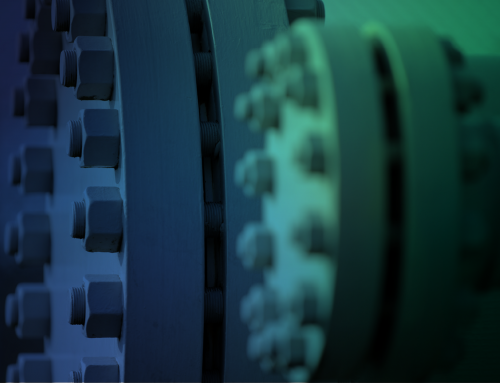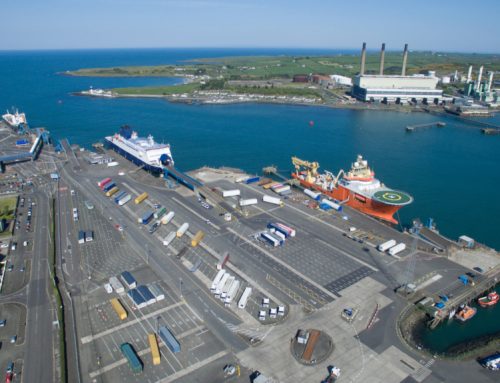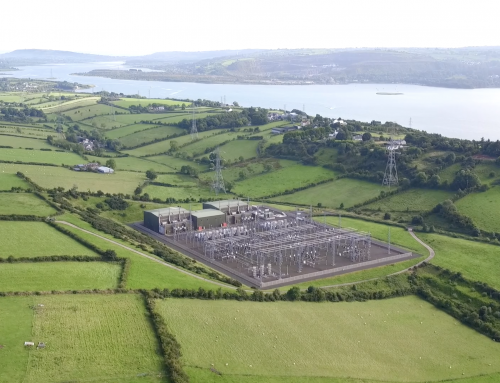The gas transmission pipeline and HVDC cables between Scotland and Northern Ireland, which supply so much of NI’s energy needs, are buried in the seabed of the North Channel at water depths of up to 160m. To ensure the pipeline and cables remain at the correct depth and in good condition, we regularly survey the entire length of the cable and pipeline corridors, coast to coast, with state-of-the art submersible cameras and sonar equipment.
Before
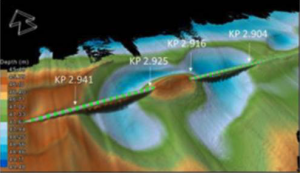
After
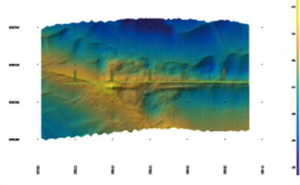
In the many surveys undertaken over the years, the seabed protecting the pipeline and cables has been found to be encouragingly stable. When an exposure is detected however, due to undersea currents for example, we access and take remedial action as needed. Most recently we worked with specialists to rectify two exposures, using very innovative methods as well involving rock placement.
Home ports for the specialist high-cost vessels that carry out the work are in Scandinavia and North Sea Europe. To execute our relatively small work scope, a large proportion of the cost would be mobilisation, transit to and from our work site, and demobilisation. In this instance, we were able to procure the works from a vessel which was planning a more substantial project in a nearby location. This ‘piggy back’ approach meant we were able to deliver commercial savings.
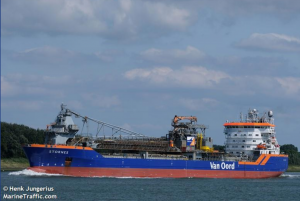
By regularly surveying our submarine assets, we are better placed to quickly identify any potential issues on critical and strategic assets before they lead to damage. Quick identification also means we are able to procure remedial works in the most cost-effective way. An efficient delivery of maintenance today meant we were able to avert what could have manifested as a significant disruption and cost for consumers in the future.


